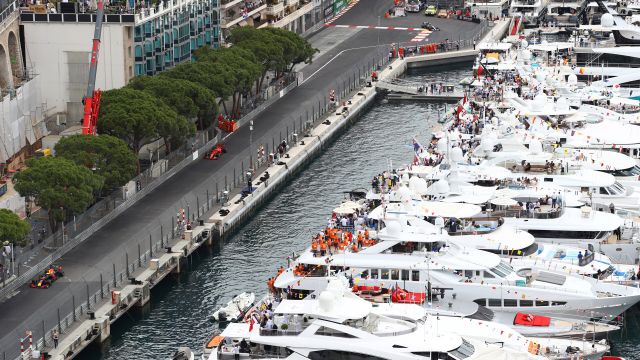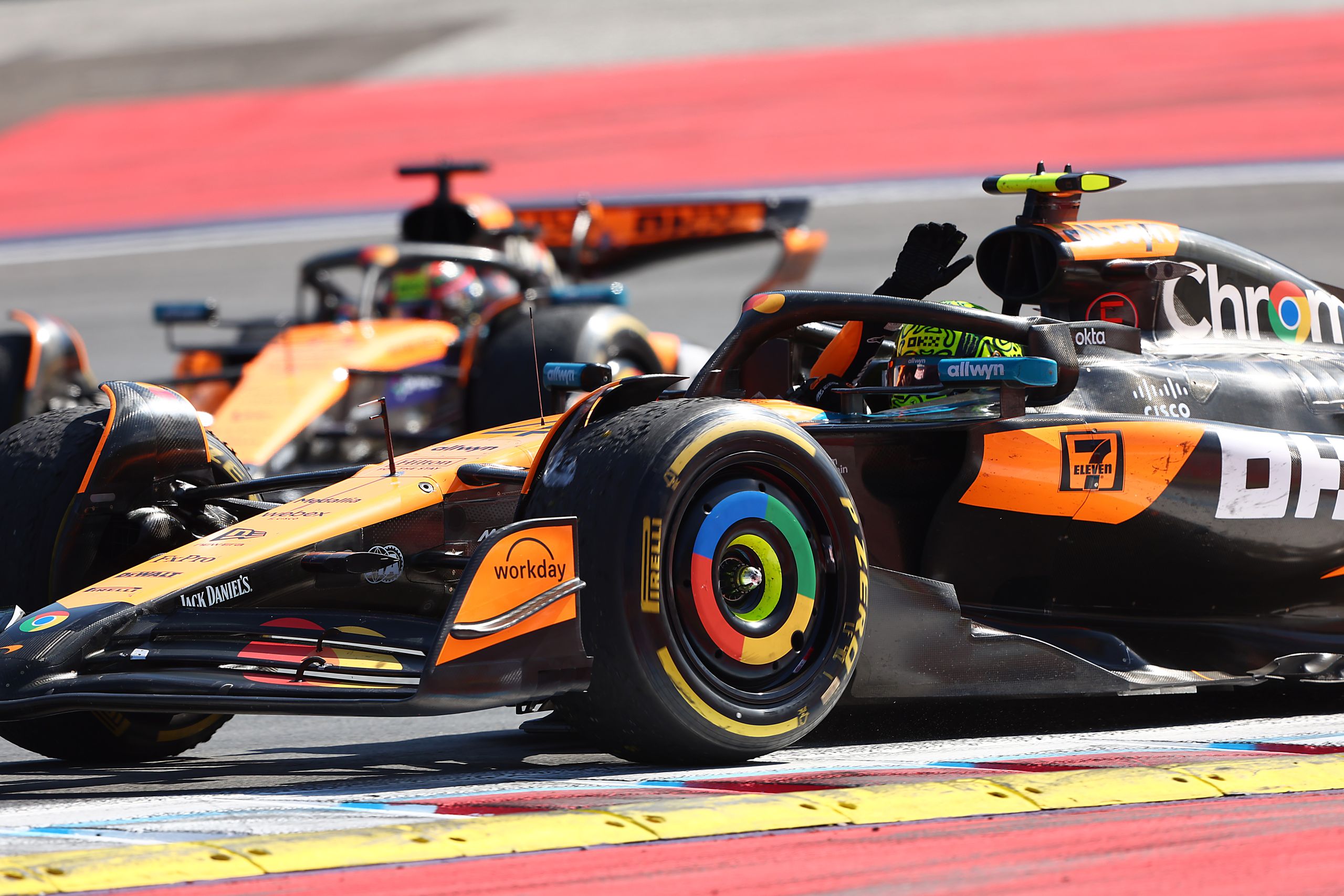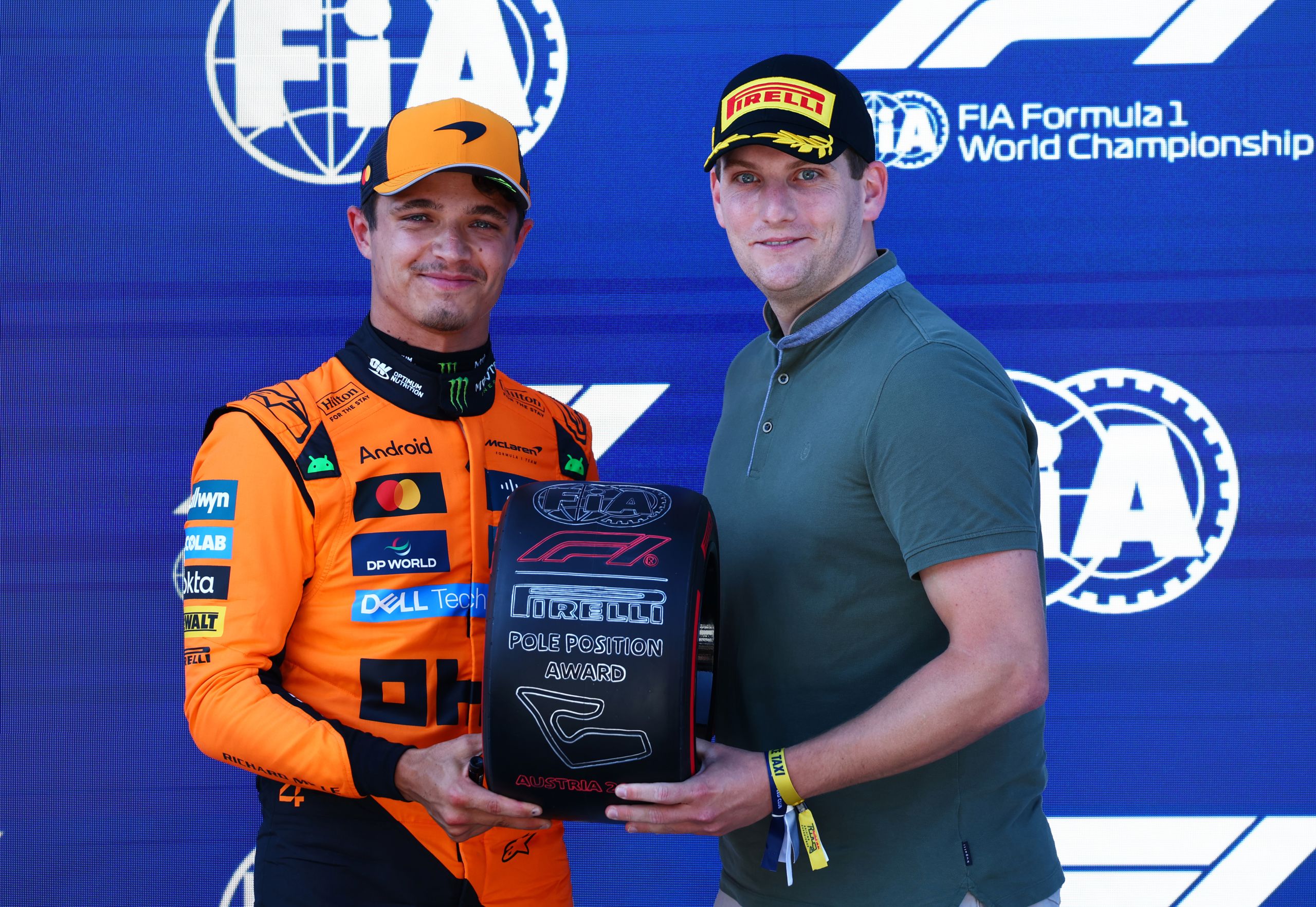How Long Is A Monaco Grand Prix Lap?


A lap of the Monaco Grand Prix, raced on the renowned Circuit de Monaco, is 3.337 kilometers long. This article delves into the intricacies of this iconic circuit, shedding light on why it’s one of the most challenging in the world of Formula One.
The Circuit De Monaco: An Overview
The Circuit de Monaco is a city circuit that winds its way through the streets of Monaco. From the start/finish line on Boulevard Albert 1er to the famous tunnel section that runs under the Fairmont Hotel, the track is steeped in history, having made its F1 debut in 1929.
Each of the 3.337 kilometers is filled with a unique blend of tight corners, rapid changes in elevation, and high-speed straights, making it a firm favorite among drivers and fans alike.
The Challenges of the Track
The Circuit de Monaco stands out for its demanding nature. Despite being one of the shortest laps on the Formula One calendar, it is far from the easiest. The narrow streets, the tight corners, and the lack of run-off areas make this circuit particularly challenging. The 3.337-kilometer lap requires a high level of precision driving, with no room for errors.
Famous Corners of the Circuit
Each corner of the 3.337-kilometer Monaco Grand Prix lap has its unique challenges. The ‘Grand Hotel Hairpin’ is the slowest and tightest corner in Formula One, requiring drivers to demonstrate exceptional car control. ‘Casino Square’, ‘Mirabeau’ and ‘Portier’ also test the drivers with their sharp twists and turns. Finally, the ‘Tunnel’ is a high-speed straight section, unique in its kind, that takes drivers from daylight into darkness and back again, demanding excellent concentration.
Race Strategy and Lap Length
The 3.337-kilometer lap length impacts race strategy significantly. With a total race distance of around 260 kilometers, the Monaco Grand Prix requires a high number of laps, 78 in total. Pit stop strategy is crucial due to the difficulty of overtaking on such a tight track. Tyre management also plays a significant role, as the streets are more slippery and less grippy than traditional circuits, accelerating tyre wear.
The Role of Weather Conditions
The weather can dramatically influence the 3.337-kilometer Monaco lap. Rain can make the circuit highly treacherous, increasing the challenge of navigating its tight confines and rapid elevation changes. The tunnel section, which remains dry, presents another complexity as drivers transition from a wet to a dry surface and back again in wet conditions.
In conclusion, the Monaco Grand Prix lap, stretching over 3.337 kilometers, isn’t just a test of speed but also of precision, endurance, and adaptability. Its demanding nature and the sheer skill required to navigate it perfectly continue to make the Monaco Grand Prix one of the most thrilling events on the Formula One calendar.





